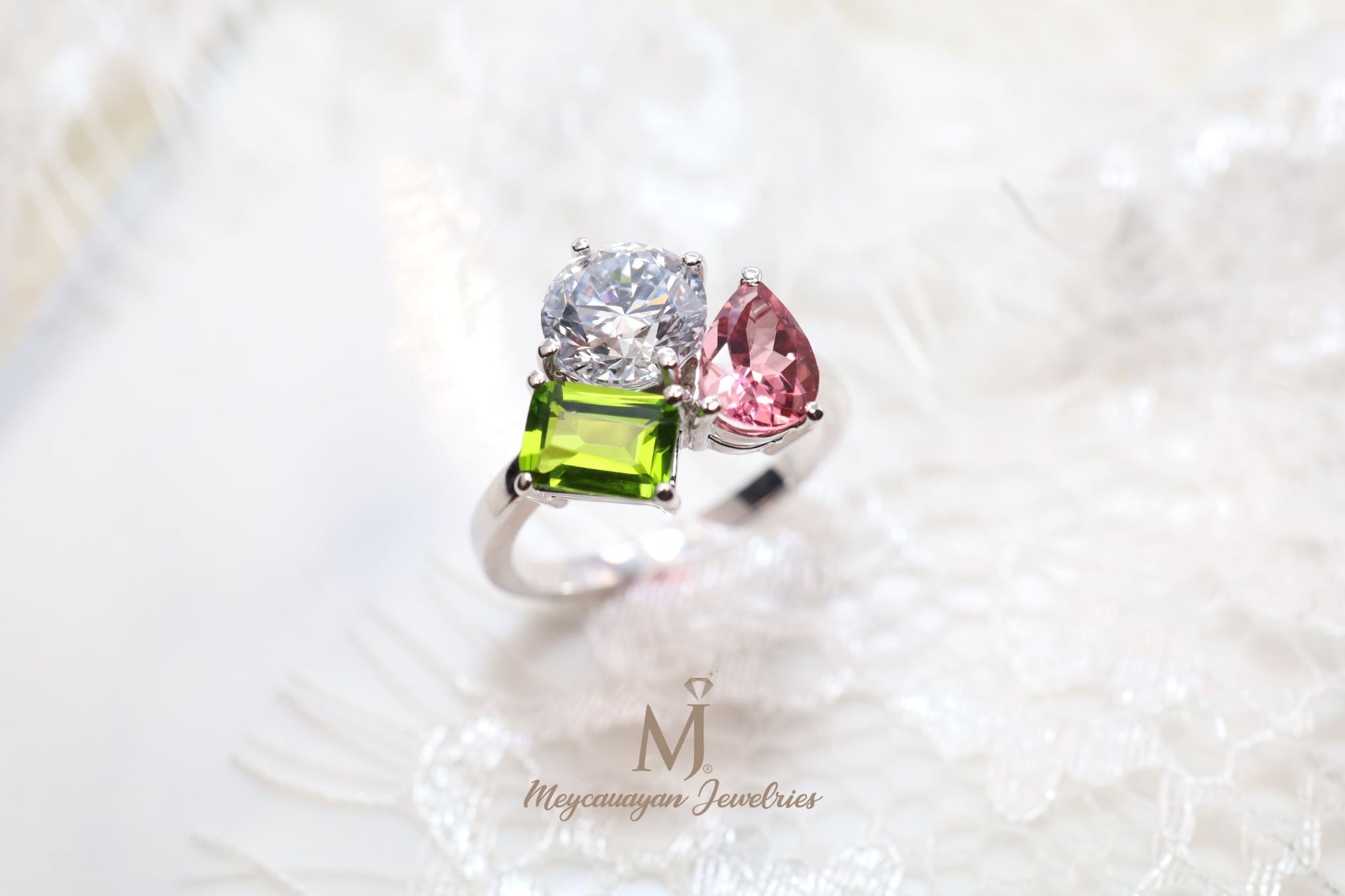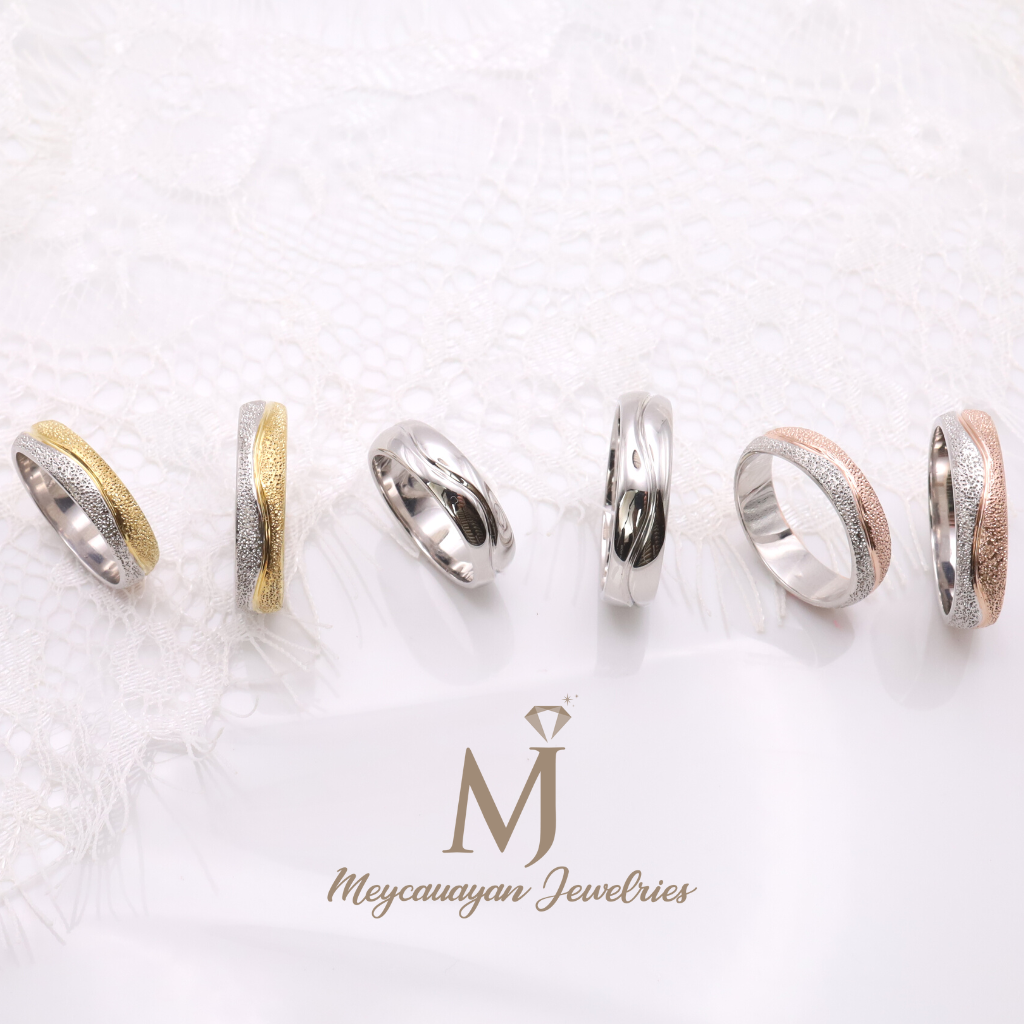Lab Grown Diamonds
Lab grown diamonds are becoming more available in the local jewelry market today. As the demand for these man-made gems rise, curious consumers are also taking interest in the process that takes place to produce them. So, what do we know about how these precious stones are grown? Where are they produced? And, why is it important for consumers and local jewelers to know these things?

The processes of producing laboratory grown diamonds have improved monumentally since the time H.T. Hall, a researcher and physical chemist for the General Electric company, first conceived of a reproducible way to make diamonds in a laboratory. From very tiny single crystals and brown stones that were used primarily for industrial applications, the lab grown diamond industry is now producing decent-sized diamonds that are physically, chemically, and optically identical to earth-mined rocks.
With improved process and gem quality, the industry started to invest in the production of larger crystals that are suitable for use in fine jewelry - giving birth to an environmental-friendly alternative to the more popular mined rocks. Though it took awhile, these lustrous rocks are now setting global trends and have started to make waves in the jewelry business in the Philippines as well.
View Engagement Ring Collection
How is this possible? Can we really grow real diamonds in a laboratory? The answer is Yes! And, this is all thanks to technological advancement and to the scientists at the forefront of this progress. Now you can get that perfect-sized rock for your engagement and wedding ring or own that elegant pair of intricately handcrafted diamond earrings without having to worry about environmental concerns and ethical pitfalls.
Lab grown diamonds are formed in controlled environments using cutting-edge technology. High-tech laboratories are now producing Type 1b, Type IIa, and Type IIb diamonds which are considered rare categories of diamonds in nature. Three decades of extensive research and study have given gemologists and product engineers a great deal of knowledge on how these gemstones form in labs and how they can be distinguished from traditionally-mined diamonds in terms of gemological properties (which, by the way, is difficult to do without testing them with specialised equipment).
How man-made gems are produced?
Currently, these man-made gems are being produced in one of two main ways: either through the High Pressure High Temperature (HPHT) method or through Chemical Vapor Deposition (CVD) process. HPHT is the traditional method and is considered to be the closest method to the process that occurs deep within the Earth’s mantle. It was first developed and commercialized in the mid-1950s to manufacture diamond grit. Since then, lab grown diamonds have become an industrial necessity and a valuable piece for further scientific and technological advancement. HPHT Diamonds are formed in a machine that creates an environment with extremely high pressure and high temperatures which is identical to the conditions that occur in the natural environments where diamonds are mined. Temperatures in this machine can go as high as 3,000 degrees Celsius.
The HPHT process has two applications in diamond production: (1) lab diamond creation; and (2) color enhancement or color altercation of natural diamonds. Growth of an HPHT diamond takes place in a small capsule which is positioned in an apparatus capable of generating very high pressures. Diamond powder dissolved in a molten metal flux is used as a starting material for this method. The material then crystallizes out on a seed diamond to form the desired rock. Crystallization process occurs over a period of several weeks to a month, depending on the amount of crystals being grown.
The other popular way of producing diamonds, Chemical Vapor Deposition or CVD, is a relatively new process compared to HPHT. Although patented a couple of years prior to the announcement of HPHT synthesis, it was only in the late 1980s that scientists were able to discover techniques on how to effectively and reproducibly grow diamonds using this process. The method is quite different from the natural process of diamond growth. Whereas diamonds found beneath the earth formed under conditions of intense heat and pressure, CVD diamonds are produced in vacuum chambers filled with hydrogen and methane (to provide the source of carbon) at very low pressures.
View Wedding Ring Collection
According to the Gemological Institute of America (GIA), under normal circumstances, heating mixture of a hydrocarbon gas (such as methane) and hydrogen at very low pressures would form graphite or some other form of carbon that are non-diamonds. Growth of gemstones in CVD method is made possible through the conversion of hydrogen gas to atomic hydrogen which creates a stable environment for diamond formation inside the vacuum chamber. The process also requires a seed that can either be a thin slice of diamond or a graphite source to act as the foundation for chemical vapor deposition. Growing CVD diamond is a slow process which generally takes about a month to be completed.
Both processes yield high-grade diamonds that look exactly the same as those found in nature. These diamonds created in state-of-the-art laboratories in different parts of the globe undergo the same rigorous grading process as traditionally mined gems. They are also graded based on the quality of their color, clarity, cut, and carat weight using a universal grading system created by GIA.
As lab grown diamonds become more popular, a lot of new players - gem manufacturers, local jewelers, and a new breed of consumers are expected to enter the market. To help keep the industry vibrant, healthy and moving, Meycauayan Jewelries (MJ) is taking its responsible marketing efforts up a notch and touching on other important details about its products such as how they are made and where they are sourced. MJ is a proud manufacturer of intricately handcrafted engagement and wedding rings that are adorned with these brilliant man-made diamonds. Raising awareness about lab grown diamonds as an eco-friendly alternative to earth-mined rocks is one of the company’s mission; this, along with the goal of empowering jewelry consumers in the country to make informed buying decisions.
References:
Heart in Diamond. (2019). How are HPHT and CVD diamonds made? Retrieved from
https://www.heart-in-diamond.com/cremation-diamonds/large/manufacturing/hpht-cvd.html
Shigley, J. (2016). HPHT and CVD diamond growth processes: Making lab-grown diamonds.
Retrieved from https://www.gia.edu/hpht-and-cvd-diamond-growth-processes
Simic, D. & Deljanin, B. (2006). HPHT process on diamonds: Foundation and application.
Retrieved from https://www.diamondworld.net/contentview.aspx?item=2162



